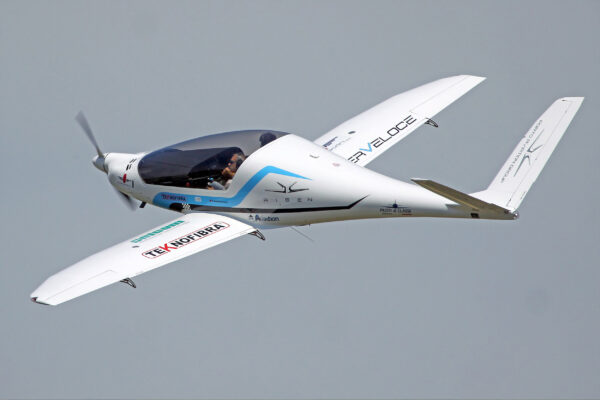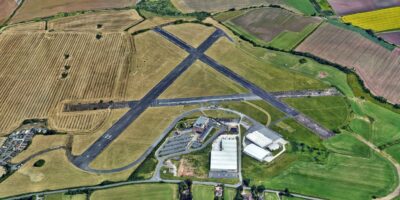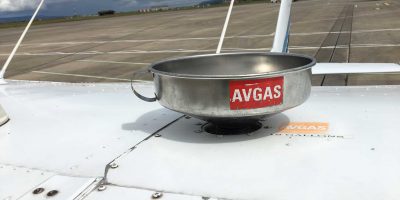I often struggle to answer the question, What’s your favourite aeroplane? Among my stock replies are “The one I’m flying,” or “It depends on who’s paying for the fuel.” These are all a bit disingenuous. When I think about the bond between aircraft and pilot, the question comes down to flying qualities – and those tend to be subjective and elude easy definition. With apologies to former US Supreme Court Justice Potter Stewart, who, when exasperated with the court’s inability to define obscenity, uttered the classic line, “I know it when I see it.” Similarly, pilots know great-flying aeroplanes when they fly them, and we never forget our first loves.
European fliers regard the Bucker Jungmeister (Bu-133) as the Stradivarius of its pre-WWII age. It was unveiled at the 1936 International Aerobatic Championship in Germany and remained competitive in that demanding field for 30 years.
The Zlin 526, another single-seat aerobat, this from the former Czechoslovakia, is prized for its smooth-running inline Walter engine, swept leading edges and impeccable control harmony.
The De Havilland Chipmunk from Canada won converts throughout the UK and the Commonwealth for its superior handling and sturdy construction.
“…the question comes down to flying qualities”
Americans wax poetic about the PT-17 Stearman biplane and North American T-6 Texan advanced trainer. They were rites of passage for the Greatest Generation, and those fortunate enough to fly them were well prepared for the complexities that followed.
The ‘favourite aeroplane’ question made me curious about flying qualities and the changing definitions over time. One of the first came from the US Army Signal Corps and its requirement for what became the first military aircraft – the Wright Flyer. The specs included ‘perfect control and equilibrium at all times’ during flight around a closed course – a difficult task in the first decade of the 20th century. The Wrights evidently met that requirement, though no pilot today would describe the primitive, underpowered, cantankerous Flyer as being blessed with ‘perfect’ control.
It was only much later, in the 1940s, during the development of the four-engine Douglas Aircraft DC-4, that consultant Edward Warner first sought to define and scientifically evaluate flying qualities. The US Army Air Forces came up with its first metrics for them in 1943. NACA took the science much deeper in the late-1940s and 1950s, and the US military employed mind-bending mathematical overkill with the publication of MIL-F-8785B in 1969, which set dozens of technical parameters.
Decades of smart, focused effort have produced incredible advancements – and today’s aeroplanes are the beneficiaries.
In GA, aircraft control systems have long included enhancements such as bobweights, springs, and anti-servo tabs, with the art of mechanical refinement on display 50 years ago with buttery smooth handling of a Beech Baron, T-34 Mentor, and King Air. A Cessna Skylane makes pilots look good when landing in a crosswind or a short, mountain airstrip. And a de Havilland Beaver, despite its hulking size and unimpressive speed, is a ballerina on wheels or floats.
More recently, stronger, lighter materials and the ability to manufacture complex shapes have improved aerodynamics even more. The two-panel wings of a Cirrus SR22 are just the beginning. At the top end, fly-by-wire systems pioneered by the military and airlines are making their way to corporate jets, and someday, perhaps, to the lighter end of GA.
I’ll confess to a certain ambivalence about advanced technology because it brings with it the chance of pilot obsolescence. When aircraft operate autonomously, our hand-flying skills will be relegated to seldom-used emergency procedures.
Before that dark day comes, however, let us appreciate the aircraft we’ve got. The raw, nervous energy of a Pitts biplane, the elegant refinement of a Bonanza, and the brute force and ergonomic perfection of an Extra. Their mastery of aircraft control reflects decades of large and small discoveries and improvements.
As for my favourite, I hope my answer doesn’t disappoint. It’s not the Beech Staggerwing or a wondrous P-51 Mustang, although those aircraft are soul-stirring. No, mine is the mechanically simple, economical, sporty, no-frills RV-4. It’s an aircraft that a pilot wears like a jacket.
The stick is in your right hand where it belongs, the seat bolted to the longitudinal axis. Control harmony (when flown solo in smooth air, anyway) is sublime, ground handling is second nature, and the aeroplane’s versatility is commendable.
A well-equipped RV-4 can take off and land on a grass strip, fly in the clouds, and loop and roll with alacrity. A lightweight RV-4 (ideally attached to a constant-speed propeller) has handling that’s as honest and sublime as a Jungmeister, Chipmunk, or Zlin that set the original high-water marks in this area. The RV-4 also gets 25mpg or more when flying cross-country at 175mph.
Connoisseurs will scoff at my pick of such a common aircraft as a personal favourite, but to me it tells a bigger story. We’re living in a moment in aviation history when the art and science of aircraft control is so good that even a humble kitplane can have handling qualities on par with some of the most reverered aircraft of all time.
It’s a remarkable achievement, and an easy one to overlook.
RV-4 pilot, ATP/CFII, specialising in tailwheel and aerobatic instruction
[email protected]







